PRODUCT LIST
Understanding the role of DCIM in modern data centers — Bringing DCIM to the next level
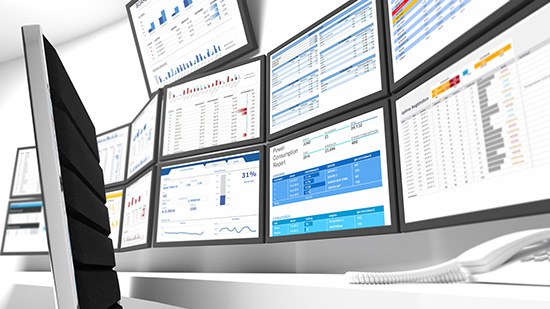
A DCIM offers a host of capabilities that appeals to different groups of people such as the facility manager, CIO, or IT manager. The aspects that resonates most with facility managers though, would undoubtedly be those that have an impact on the cost, reliability and management of the data center.
We take a closer look at some capabilities offered by DCIM solutions on this front.
- Cost savings through energy management
One of the greatest operational cost of running a typical data center is the cost of the power needed to operate the high-performance servers and air-conditioning hardware that it houses. The DCIM’s integration with the building’s power feeds and ability to monitor IT and non-IT loads allows it to easily track the PUE, or power usage effectiveness, within the data center, putting it in a unique position to facility efficient energy use.
Cost savings of more efficient energy usage aside, organizations with corporate energy efficiency initiatives can also look to DCIM to better manage and optimize energy use across their entire infrastructure, and do their part to help the environment.
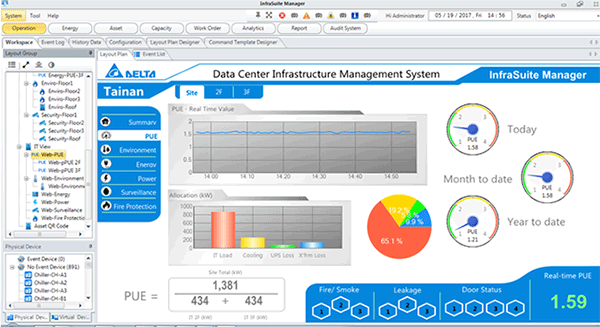
- Monitoring for increased reliability
At the most basic level, the DCIM works in the background to collect comprehensive log entries from the hundreds or even thousands of individual devices and components within the data center, including parameters such as energy consumption, temperature, humidity and airflow.
The resulting archive of records facilitates easy analysis, and is also useful in the creation of a virtual model of the infrastructure to digitally map the relationships between all these components. Such a model also lends itself to proactive maintenance such as using an analytical engine to scour for inefficiencies or weak links within the environment, and can make a world of difference when performing a root cause analysis in the event of an outage or failure.
- Better capacity planning
It is no secret that the efficiency of a data center is highly dependent on proper capacity planning, and entails detailed load calculations under normal and peak load conditions. Facility managers typically rely on capacity planning tools to determine the resources and power draw that a data center must support, based on estimated current and projected future operations based on local electricity prices such as offered by Delta’s InfraSuite Manager.
Information such as current resource use and cooling patterns that a DCIM can provide would be a shot-in-the-arm for standalone planning tools. Moreover, being able to accurately predict when a resource will be exhausted can also ensure that all new builds or expansion plans are closely aligned with actual demand.
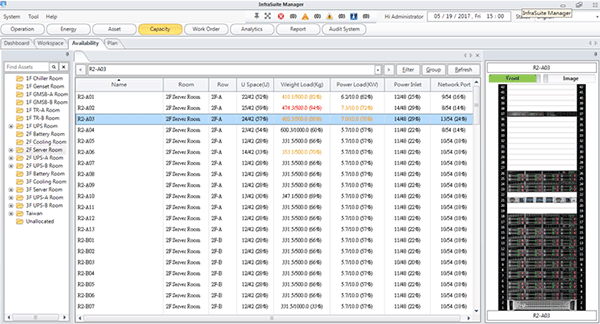
Using DCIM in IT
Though originally envisioned as a tool for facility managers, the breadth of capabilities offered by an advanced DCIM solution makes it extremely useful to IT professionals, too.
- DCIM for asset management
Asset management is a key strength of DCIM, due to its ability to enumerate and deliver a snapshot of the active equipment within the data center. This makes it trivial to quickly identify and locate a malfunctioning server or network hardware within the data center. An inability to locate equipment swiftly would result in a higher mean time to repair (MTTR), which depending on the role of the malfunctioning equipment, can have an adverse impact on overall reliability.
In addition, asset management entails having detailed information about the precise configuration and usage of the various equipment in the data center, such as the virtual machine guests that a physical server is currently hosting. Taking this capability further in the DCIM makes it possible for IT personnel to track down under-utilized servers or equipment that is powered on, but not hosting active services or otherwise accessed.
- Keeping an eye on connectivity
Physical devices aside, DCIM can also integrate with the network to offer insights into the port-to-port connectivity inside the data center. This could include the location of top-of-the-rack networking switches and core switches, their positions in the network topology, and pertinent cabling and patching independencies.
This can be crucial for isolating and identifying connectivity problems, and plays an important role to guard against tempering in colocation environments. Despite the growing use of software defined networking (SDN), this is arguable even more important as a physical circuit can serve as the backbone for multiple virtual links.
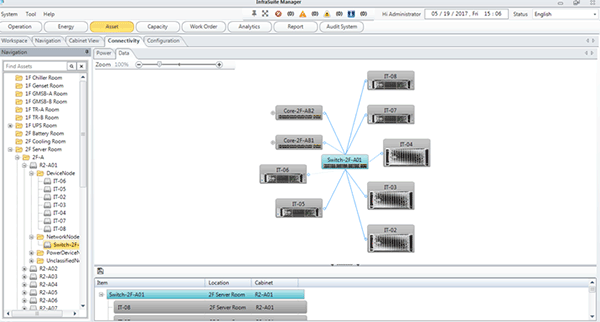
Bringing DCIM to the next level
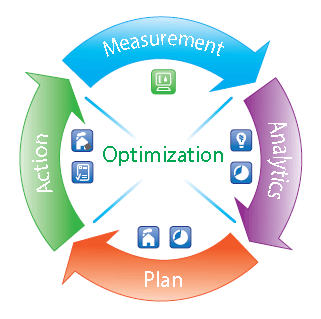
So how does one evaluate and deploy a DCIM solution for their data center? Unlike in the early days where only a handful of DCIM offerings was available, there are now scores of vendors offering a diverse range of solutions. The downside would be how it is no longer practical to appraise all of them individually, given the complexity and sheer amount of time needed for a proper evaluation.
Instead of trying to find the “perfect” solution, organizations should approach the search for an ideal DCIM solution with their end objectives firmly in mind. This includes factors such as performance in their operating environments, full support of existing hardware, and level of integration with existing IT management software.
This is where it makes sense to deploy an ecosystem that is explicitly supported by the DCIM from the get-go, such as PDU (Power Distribution Units), STS (Static Transfer Switch) and ancillary equipment including access and surveillance hardware. Delta with its range of integrated components can hence serve as a one-stop-shop for the data center needs of facility managers.
Where is DCIM headed though, and what can we expect from it? While the modern data center is already geared for seamless 24-by-7 operation and business continuity, a modern DCIM solution can enable an even higher level of automation to predict and resolve problems before they occur.
As such, expect a new generation of data centers to be installed with pervasive IoT (Internet of Things) appliances and sensors, coupled with deep software integration to the compute, storage and network stacks. Advanced machine learning algorithms would continuously juggle a thousand different parameters to ensure that power and cooling precisely mirror the ebb and flow of compute workloads.
Conclusion
DCIM would no longer be a niche topic in this world, but a core pillar that separates an advanced data center from a merely modern one. And instead of multiple DCIM solutions that are either incompatible or with overlapping functionalities, DCIM-aware equipment will be able to communicate and work together.
It is worth noting that a significant proportion of data center operators are still relying on manual processes when it comes to capacity planning and forecasting, including using basic sensors and spreadsheets to tune their cooling efficiency. For data centers and enterprises that fall within this category, even a step up to a basic DCIM solution can mean a world of difference in terms of improving productivity and manageability.
Organizations that are already using some variant of DCIM will be glad to know that they can only get better over time with new capabilities and deeper levels of integration being added. While the day of the fully automated data center may be some time away yet, there is no question that the future is drawing inexorably closer.
For more information, you can read about some of the DCIM solution from Delta here.




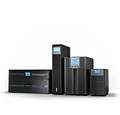
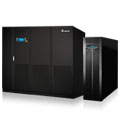
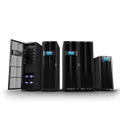
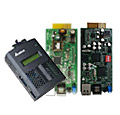

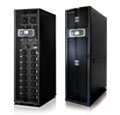
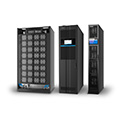
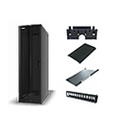
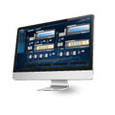













.gif)
